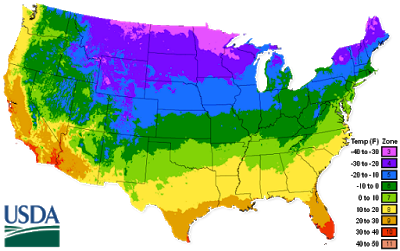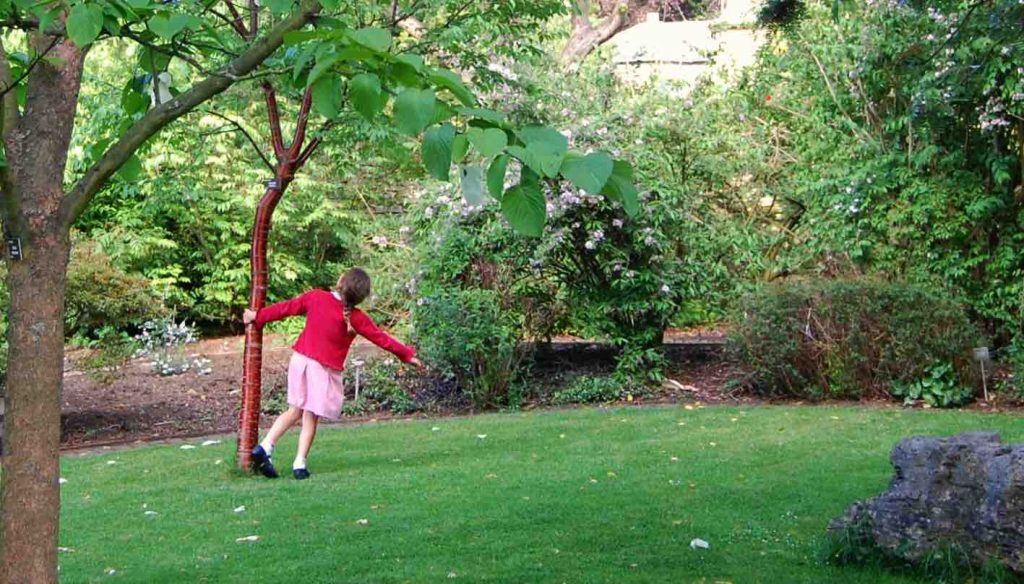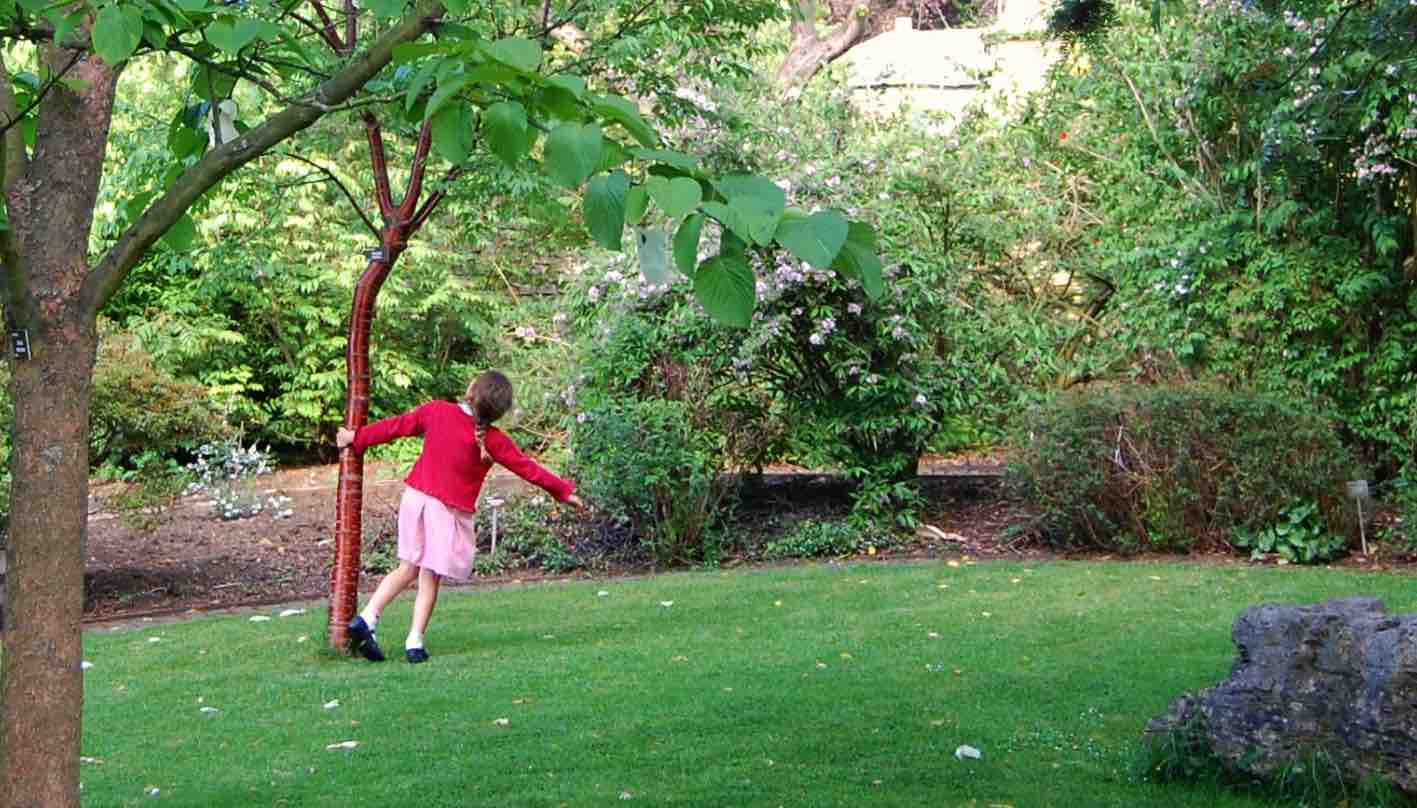
It’s perhaps a bizarre and somewhat arrogant habit we humans have developed; surrounding our houses with a plant species that isn’t native, doesn’t produce food, and usually requires expensive and sometimes unsustainable amounts of water to keep alive.
We’re talking about lawns, of course; and because 2019 was one of the hottest summers on record, here are some useful tips to getting the most out of your lawn while saving yourself the most money on water and minimizing your impact on local water resources.
Wherever you are in the world, there are plants that have adapted to grow and thrive in the soil and climate you reside in.
1) Plant native grasses or grasses that live in conditions of drought.
For instance, I grew up in zone 7 (find your U.S. zone) in the U.S. mid-Atlantic states, and our back yard (in full sun) was planted with zoysia grass. It tolerates drought and foot traffic from kids and volleyball games, without needing large amounts of fertilizer or much watering at all. It is thick and luscious, and it turns the color of straw in the winter.
Therefore, if you want to save water and still keep your lawn healthy, select a species of grass native to your region, as they will be most resilient to changes in temperature and moisture.
RELATED: Want to Help Bees? Leave the Dandelions Alone This Spring
Alternatively, you can try planting grass species that evolved in regions that receive very little water. In Arizona, residents of Phoenix who prefer a green lawn use midiron grass or Bermuda grass species. The Arizona capital regularly sees temperatures in triple digits, and gets a measly 8 inches of rain a year so drought tolerant grasses help residents save water. Kentucky blue grass is another variety that’s good—especially for seasonal climates that also occasionally suffer droughts.
2) Take advantage of the most biologically-diverse organisms in the US—flowering plants.
If you’re trying to create a healthy garden that you don’t have to water often, the U.S. has 18,000 species of native plants, 16,500 of which will flower during the year. Take advantage of this natural diversity and specialization and find which flowers are native to your area with a simple Google search.
Flowering plants have evolved to deal with the challenges of the climate they live in, so not only will they be more resistant to local weather patterns, but more favorable to local species of bees and other pollinators!
3) If you already have foreign plant species in your yard that need water, plant some trees!
In USDA-backed research looking at the limits of utilizing trees for energy efficiencies, researchers found that one large mature tree shading a house can have a “net cooling effect of 10 room-sized air conditioners operating 20 hours a day,” and can save 20 to 50% of the energy used to cool your home. Furthermore, in winter the effect is much the same—by dispersing chilly winds with its branches, large sheltering trees can help reduce your heating costs.

CHECK OUT: After His Brother Gave Up Gardening, Man Designs Tabletop Gardens for People in Wheelchairs
If these shade tree benefits can be achieved on a home, why not also a garden? If the species you are growing in a pot or in your lawn do well in partial sunlight, consider shading them with a tree, the lack of evaporation from the sun’s heat or from blustery winds will reduce the amount of water they lose.
4) Get smart with your watering habits.
Saving money and local water resources can be as easy as getting a little smarter with your lawn watering habits. For starters, avoid watering your lawn from 12 noon to 6 pm—the hottest time of the day. Instead, get up around 6 to 8AM, or do so at night. This will prevent the water you use from drying out in the sun and wind.
LOOK: No Green Thumb? This Adorable Planter Can Display Your Houseplant’s Needs and Feelings on a Screen
Other than that, adjust your sprinkler head so it doesn’t hit the sidewalk, and mow your lawn often. Grass that’s allowed to grow too tall begins to focus its energy elsewhere, resulting in stunted growth and room for weeds to grow. Finally, be careful not to over-water your lawn, as most only need 1 inch per week, spread over a 2-3 days.
5) Collect the water that nature gives you.
Rather than always using the water that comes from the pipes, water that falls from the sky costs nothing and doesn’t deplete any local aquifers. In an area where it does rain sparingly, purchase a rain barrel to collect rain that’s not falling on your lawn or garden to water them with later.
Many cities and counties will pay you to buy a rain barrel or simply distribute one for you if you ask. Check your local regulations and see if they have a rain barrel program. If they offer you a rebate or tax credit for purchasing one go out and buy a pressurized rain barrel system with a cistern or other cool features—it’s on the state’s dime anyway.
6) Install a drip irrigation system.
This kind of delivery mechanism for your lawn irrigates the roots of the grass directly, rather than relying on the water to come down through the earth. Less water therefore is needed to nourish your lawn because less is wasted from evaporation. While you could hire a contractor to install a drip irrigation system, it makes for an interesting DIY project over a weekend.
Plant These Helpful Hints on Your Friends With Social Media…




















